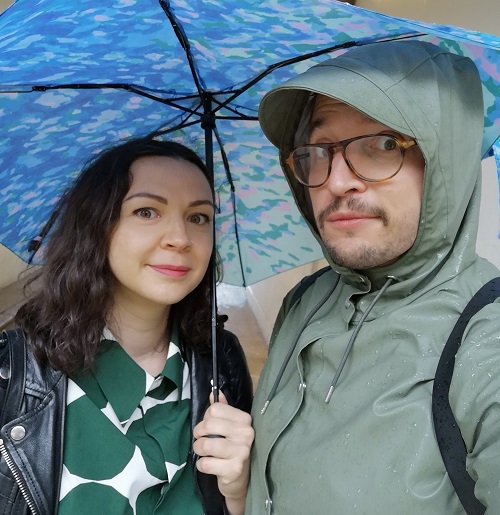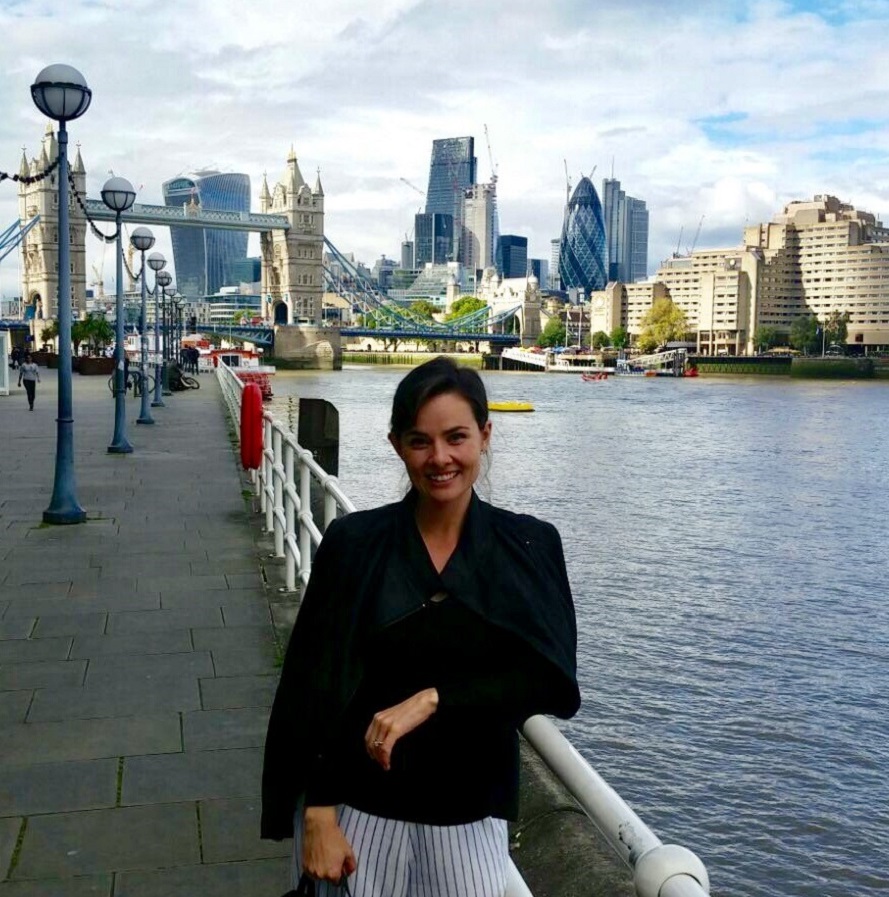The UK offers a wide range of transportation systems: train, car, bus, plane and ferry.
Below are some info to help you understand the best way to travel and commute.
The UK offers a wide range of transportation systems: train, car, bus, plane and ferry.
Below are some info to help you understand the best way to travel and commute.
The UK offers a wide range of transportation systems: you can travel by train, car, bus, plane and ferry.
Trains are operated by several different companies and in most cases ticket prices are more expensive if bought at the last minute. National Rail Enquiries is the official source for UK train times and timetables and offers a feature to find the lowest possible fare for all UK train operators on all routes.
To travel by car and drive, you need to have a valid driving licence. You must also have motor insurance to drive your vehicle on UK roads: third party insurance is the legal minimum. This means you’re covered if you have an accident causing damage or injury to any other person, vehicle, animal or property. It doesn’t cover any other costs like repair to your own vehicle.
Both AA and RAC offer breakdown and route planning in addition to other services.
Remember to drive on the left! And that distances are measured in miles.
Travelling around Britain by coach will often save you money and offer an alternative to train travel if you’re on a budget. The largest British coach operator is National Express. Megabus offers tickets to destinations all over Britain from as little as £1.
The UK has over 40 commercial airports located in different places across the country. London alone has 5 airports and it holds some of the world’s busiest ones, such as Heathrow and Gatwick.
River ferries are an interesting alternative to the more usual forms of transport; canal boats can be hired as an alternative way to discover the Midland countryside and small local ferries can be used to reach the hundreds of islands scattered along the Scottish coastline.
London transportation system is extensive and somewhat complicated, give yourself some time to familiarise with it and you will be able to move around the city with ease.
Some London addresses sound very similar yet are located at opposite ends of the city! Be sure to check the postcode and also if the correct address is Place, Road, Street, Lane, Square, Gardens, Mews, Court, etc
Public transport is a great alternative to driving and a good way to avoid costly congestion charges and parking costs.
TFL offers a comprehensive website which enables you to easily plan a journey, check live status updates, look at and download maps, check fares and payment methods and more for all London Tube, Overground, DLR, Buses, Tram, River bus and National Rail services. You can also sign up for useful social media and email service updates.
https://tfl.gov.uk/
The Night Tube is running Fridays and Saturdays on the Victoria, Jubilee, and most of the Central, Northern and Piccadilly lines. Night buses in London run throughout the night. Night bus services cover the period between the close of the Tube and the start of daytime bus services. In addition, many London bus routes run for 24 hours.
Fares vary according to distance (or number of zones you enter). Peak fares apply Monday to Friday from 0630 to 0930 and from 1600 to 1900, excluding public holidays.
There are many discounts for children and students. Check TFL website for more details
You can pay for your travels using:
You can add money to an Oyster card or use contactless cards or mobile payments (such as Apple Pay, Google Pay, Fitbit Pay…) straight away. You only pay for the journeys you make, and your fare is capped so you can travel as much as you like in one day or week (Monday to Sunday), without paying more.
Paper ticket for single and return Tube and rail journeys can be bought from ticket machines at Tube, DLR, London Overground, TfL Rail and National Rail stations.
You can buy a 7 Day, Monthly, 3 month, 6 month, odd period or Annual Travelcard season ticket. You can buy them online with a contactless and Oyster account, if you have a UK bank account (7 Day, Monthly, 3 month, 6 month or odd period and Annual Travelcard) or at Oyster ticket shops, TFL ticket offices (7 Day, Monthly, 3 month, 6 month or odd period Travelcard) or ticket machines at Tube, London Overground, TfL Rail and National Rail stations (7 Day or Monthly Travelcard).
A London’s famous taxi (black cab) is available for hire when its taxi light is lit. They can be booked in advance via Apps, hailed on the street or picked up from designated taxi ranks and can take up to 5 passengers at one time. All of London’s black cabs are wheelchair accessible and child seats are available. Night-time, weekend and holiday travel is more expensive. Extra luggage and additional passengers are charged an additional fee.
Black cabs are regulated by the Greater London Authority and the Metropolitan Police. Every driver is required to undergo a rigorous test of his/her knowledge of London and to be licensed and vetted by London’s Metropolitan Police.
When looking for a cab be sure to look in both directions as drivers will often make u-turns to pick up passengers. Tell the driver your destination through the front window before you get in. If you are going to pay cash, payment is also preferred through the front window after you get out. Most of black cabs now accept digital payments.
These may not be hailed in the street, but they are available for hire on a pre-book basis. London minicabs are licensed by TFL, but drivers do not have to complete ‘The Knowledge’ test. All vehicles available for pre-booking must hold a PH (Private Hire) licence official sticker in the front and rear windscreens of the vehicle, showing that the vehicles are fit for purpose. Long journeys can be cheaper than black cab fares and larger cars are available for excessive baggage or more than 5 passengers. Minicabs have no meters so you must agree the fare in advance. Some minicabs company are specialised in airports service.
If you decide to drive in London consider that traffic can be very heavy at times, there is a congestion charge to drive in Central London and parking can be expensive.
The Congestion Charge is a daily charge for driving a vehicle within the charging zone between 7:00 and 18:00, Monday to Friday, excluding Public Holidays and between Christmas Day and New Year’s Day inclusive.
The easiest way to pay the charge is by registering for Congestion Charge Auto Pay. There are a range of exemptions and discounts available to certain vehicles and individuals. You only need to pay once, no matter how many times you drive in and out of the Congestion Charge zone on the same day.
You can pay in advance or on the day of travel. If you don’t pay by midnight on the charging day after you drove in the zone, you’ll get a Penalty Charge Notice (PCN).
https://tfl.gov.uk/modes/driving/congestion-charge
Older vehicles driving in Central London now need to meet minimum Euro emission standards or pay an extra daily charge. This is in addition to the Congestion Charge. The T-Charge uses the same payment and operational systems as the Congestion Charge. If your vehicle is subject to the T-Charge, you pay for both the Congestion Charge and the T-Charge (if applicable) in the same transaction.
From 8 April 2019 an Ultra Low Emission Zone (ULEZ) is in place in central London. Most vehicles including cars and vans need to meet new, tighter exhaust emission standards (ULEZ standards) or pay a daily charge to travel within the area of the ULEZ.
More info here
Parking in London can be difficult, particularly in Central London. If you decide to drive in London, plan ahead by researching car parks near your destination.
Resident permits are usually required to park your car in your local residential neighbourhood. These are available from your local council and are valid within your borough and for up to one year. Traffic wardens patrol these residential areas regularly and fines are given if you are in a restricted area without the proper parking permit. The parking times and regulations vary from borough to borough and even within the same borough. Some boroughs are even divided along the same street, so your permit may only be valid on one side of the street! Always check the signs before parking if you want to make sure your car will still be there when you return.
During controlled hours (usually during working hours on Mondays-Fridays, plus weekends in busy areas), you’ll need to pay to park in those bays. Outside these times, you’ll be free to park. So check the signs on the roadside or at a ticket machine/meter to be sure. There are maximum time limits or no return limits in some bays. You can make the payment at the machine by cash, card or by phone. Many Central London areas operate ‘Pay by Phone’ parking only. This means that instead of having to put money in a meter or a Pay & Display machine, you can only use a credit card to pay for parking.
It is your responsibility to display the Pay & Display ticket clearly if there is one. Make sure the ticket is upright and well visible through the window rather than left on the dashboard, to ensure any passing warden can clearly see it.
If you can park somewhere for an hour but it says ‘no return’ within two hours, it means you must leave at least two hours between parking spells. You must vacate the parking space when the meter expires and you may not move to a meter within the same bay.
Some parking bays are reserved for specific uses such as residents only, business, doctor or trader. At other locations, only certain types of vehicles may park there, e.g. coaches. When parking in a bay, you must check the adjacent signs and ensure that you are parked completely within the bay markings.
Sometimes parking bays may be suspended so that necessary work can be carried out. Look out for the yellow signs marking temporary parking suspensions. If you park your car in a suspended bay, it will be towed!
There are many car parks in Central London. Their locations are indicated on street signs which have a white “P” on a blue background. They can be expensive.
They provide a cost-effective and flexible alternative to owning a car, and can help tackle the air pollution and traffic congestion issues.
It is a fast growing sector and the offer and areas covered are expanding quickly. Please check here for updated info.
All our resources have been recommended by members and/or staff, so you can trust them!
To see all our recommendations members must log in. Not a member? Join now!
Our members are international professionals and their families. We soften their landing so they have a successful time in the UK.

I cannot imagine what our life would be without the support and assistance from FOCUS. As a new member, I am also looking forward to attending all the workshops and…

I recommend this programme (the Career Development Programme) not only for the job seekers but for any who want to learn about work experience. In addition to the programme, FOCUS…

I discovered FOCUS when I decided to return to work after a break. My friend talked to me about the Career Development Workshop… .I was lucky to find a group…

I joined FOCUS right after I arrived in London. We were able to meet many people from around the world, exchange experiences and thoughts, and receive lots of suggestions in answer…

The FOCUS team is very skilled at connecting people attending their events, giving tips on personal interests or even an organization we might have in common. I became friends with…

FOCUS has been the best thing that happened to us in our first 100 days in London. Cultural activities, networking events and seminars helped us to speed up the process…

From the start, FOCUS has provided real-time insights to help me navigate the transition like a local. Within the first two months, I had great recommendations on childcare, beauty, doctors,…

While helping us navigate a new culture, Focus also introduced us to some of our dearest friends, making England quickly feel like home. I still love to pop in for…

FOCUS is a friendly guiding hand making you feel welcome and introducing you to new experiences. My husband and I recently moved to London from the US and adjusting to…